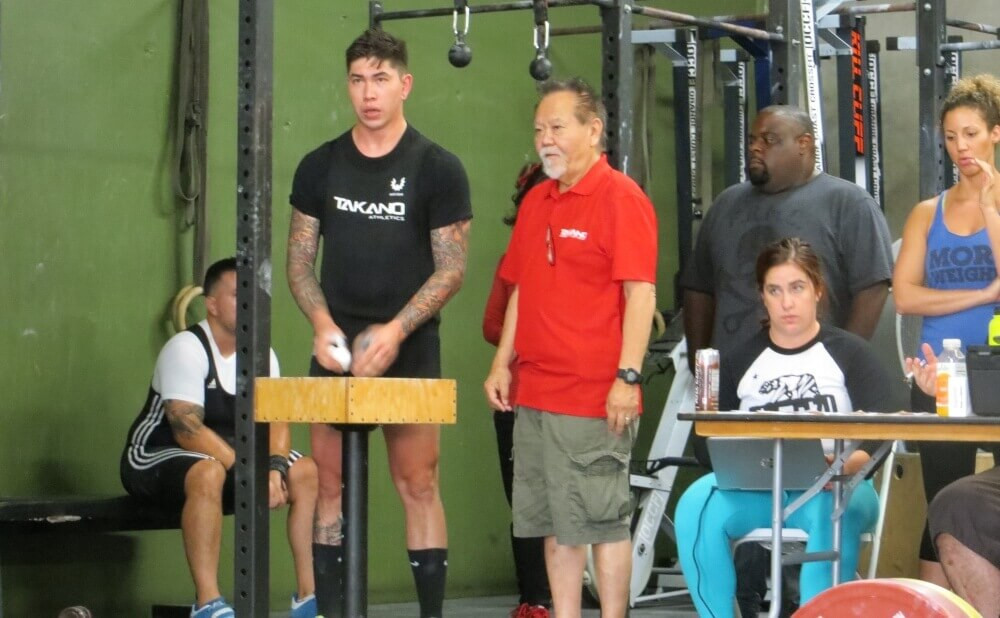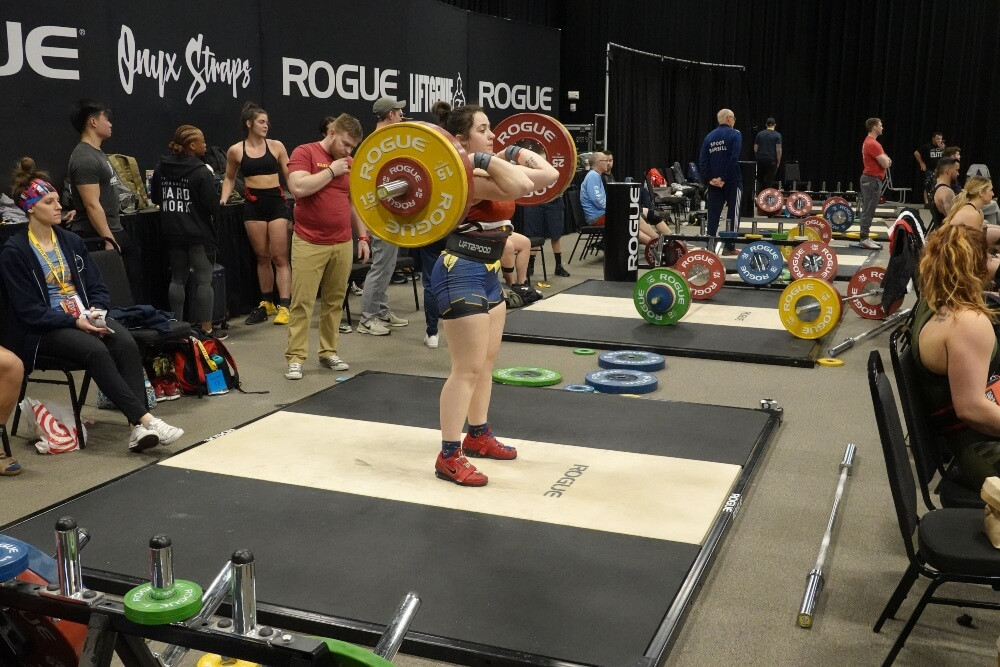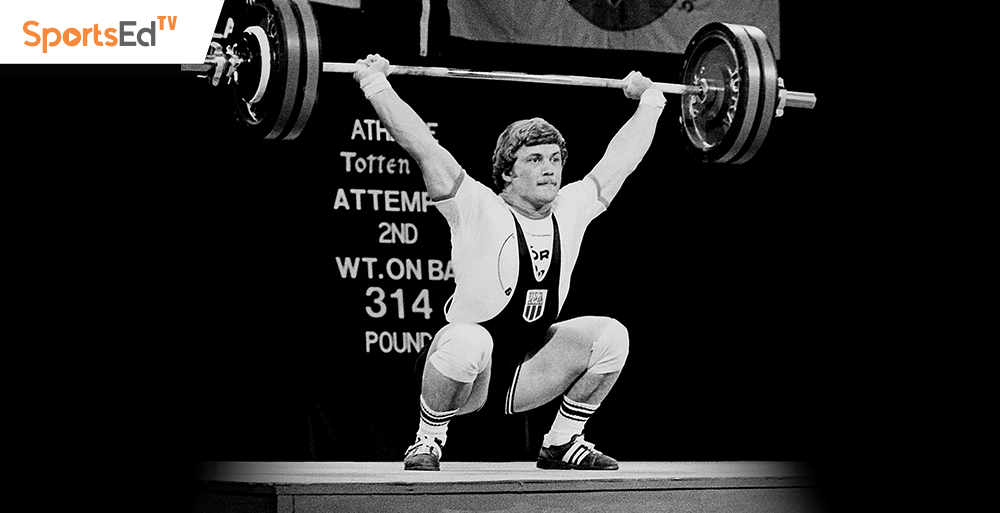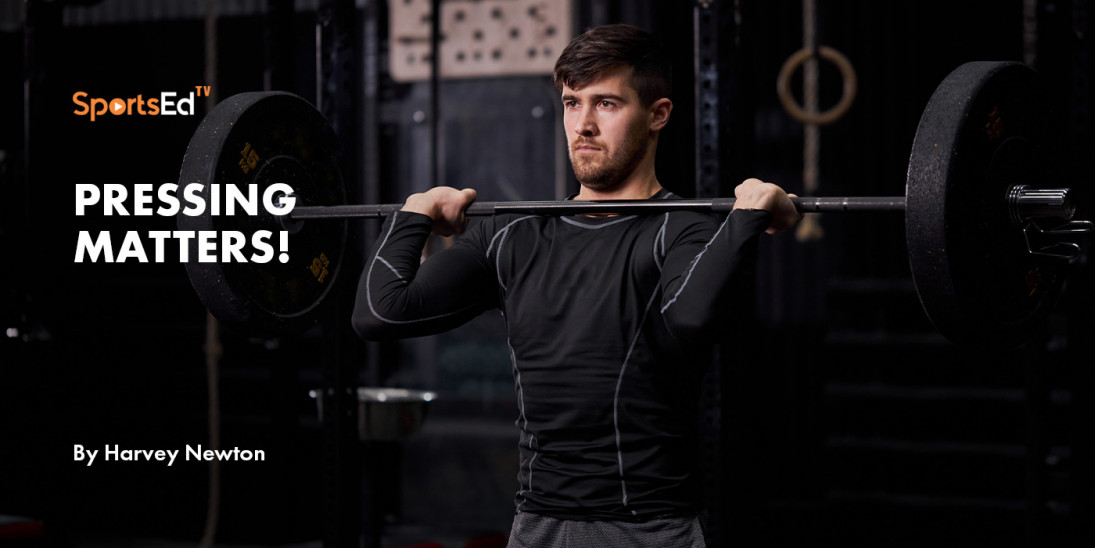Weightlifting
Welcome and thanks for visiting...

Behind the Scenes of a 3 PR Performance
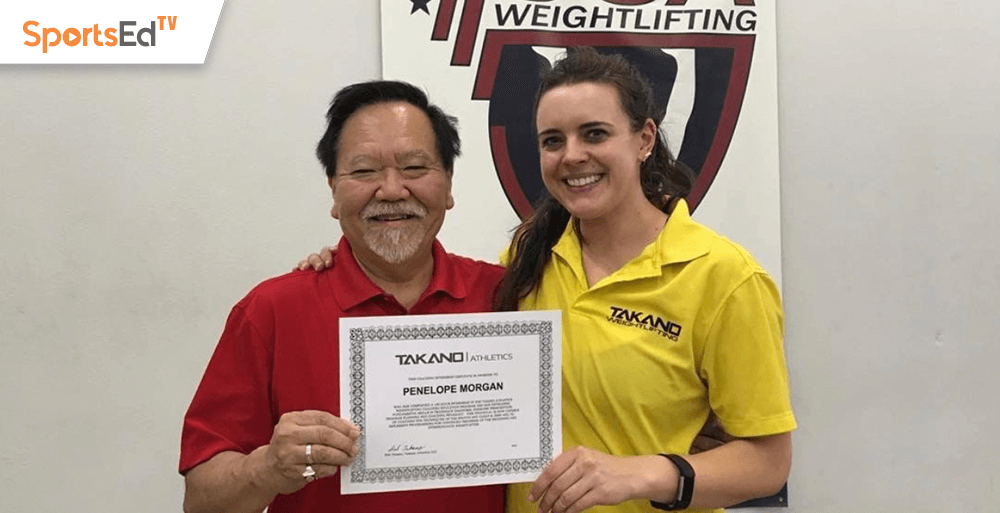
My athlete, Christine Na, just completed a very memorable 3 PR performance at the American Open Final in the 59 kg class. I thought that readers might find it helpful to read about the event from a coach’s perspective.
The Long-Term Relationship
I want to touch on this so that readers can gain some insight into the athlete/coach relationship.
I’ve been coaching Christine for a little over four years. Prior to that, she had been less well-coached for the first two years of her career. In the ensuing four years, we’ve gotten to know each other’s roles in the athletic performance paradigm. We are both very comfortable with “staying in our lanes”. We’ve worked together at 7 or 8 national meets and have developed the proper instincts for the performance. Most of this occurred during the first two years. I include this as a cautionary message for the “coach hoppers” who think they can change coaches every couple of months and achieve wonderful results.
Recent History
Christine has just completed her doctoral studies in Physical Therapy and as such she has had to make the adjustment in her daily life regimen. This included changing residences so that the drive to the gym has been more manageable and less demanding. These factors have enabled her to upgrade her enthusiasm and drive so that she could make the improvements I’m about to describe.
Our Focus
We each understand our specific tasks. She will make sure she weighs under the class limit, show up on time to weigh-in, show up on time for warm-up, perform lifts and stay focused. I will interface between her and the officials, call the warm-up weights, time the warm-ups, call the competition weights and provide cues for the most critical aspect of each attempt. Her job is to lift. My job is to manage the performance.
The Weigh-In
I always accompany my athletes to weigh in. I will deal with any mishaps, such as a wrong member number or any other factors that can occur. They almost always don’t occur, but I want the athletes to feel that they are supported in case of any mishaps. We are relieving anxiety here, and anxiety is a distraction.
The Snatch
We arrive early and stake out a warm-up platform. Too close may have too many people walking through your area, and too far away may require too long of a walk to the competition platform in case circumstances change and suddenly my athlete is going, whereas previously, we felt we had two attempts to get to the staging area. On this occasion, my former intern, Tom Showers, is loading the warm-up bar, and I will watch the scoreboard from the marshall’s table. I tell him what weight to load and when Christine should make the attempt. Christine should be sitting and thinking about performing the lift. I count the attempts until her opener while taking into consideration that some coaches will jump their athletes up (most times unnecessarily).
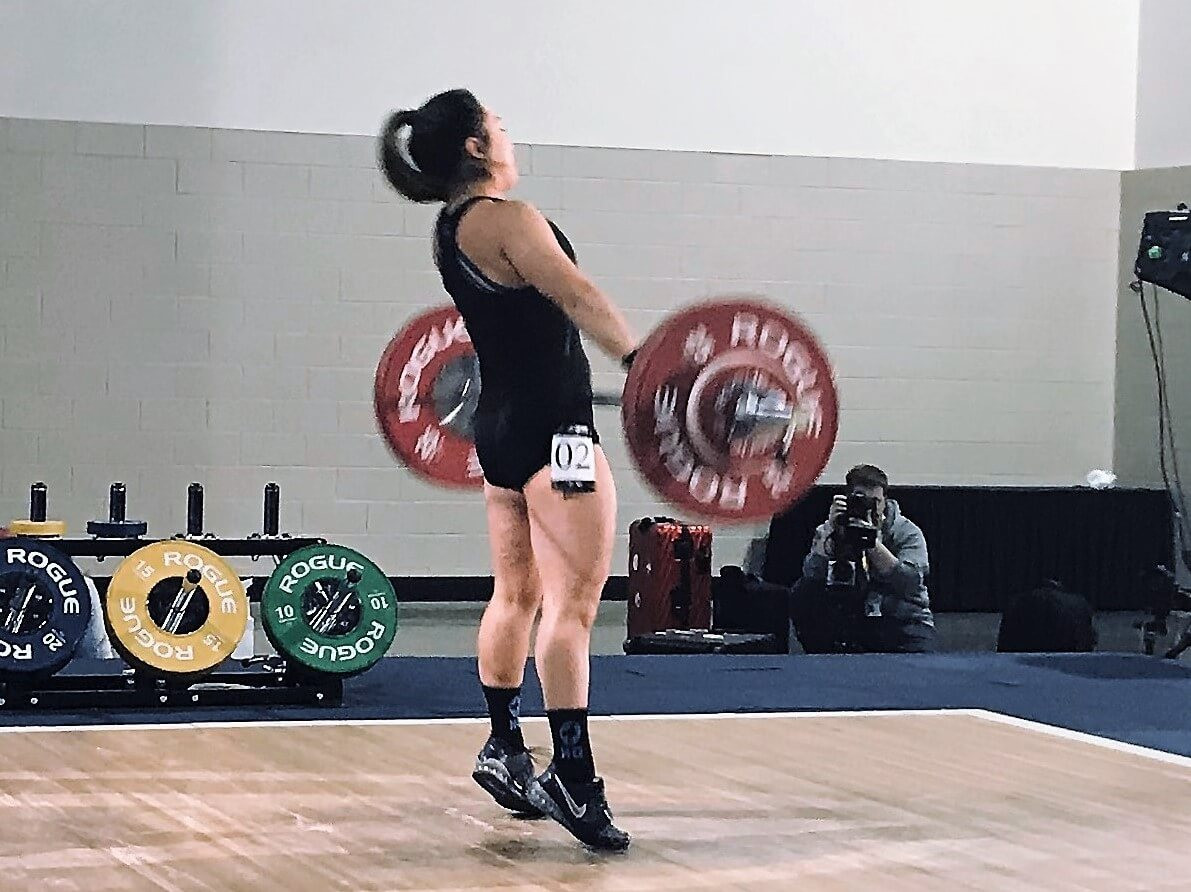
We go through the sequence: 35-45-55-65-70-75-79. Every three lifts on the competition platform, she will take a warm-up. I signal to Tom when each attempt is to be taken and the amount of the next warm-up attempt. Christine should recover between each warm-up and stay warm until the next one. Fortunately, she is short-limbed and muscular, so she can generate plenty of body heat and not lose too much. I watch every attempt, taking mental notes of the bar trajectory and the squat depth when her arms lock. Every warm-up is performed as I envisioned it previously, although I’ve not told her what I expect.
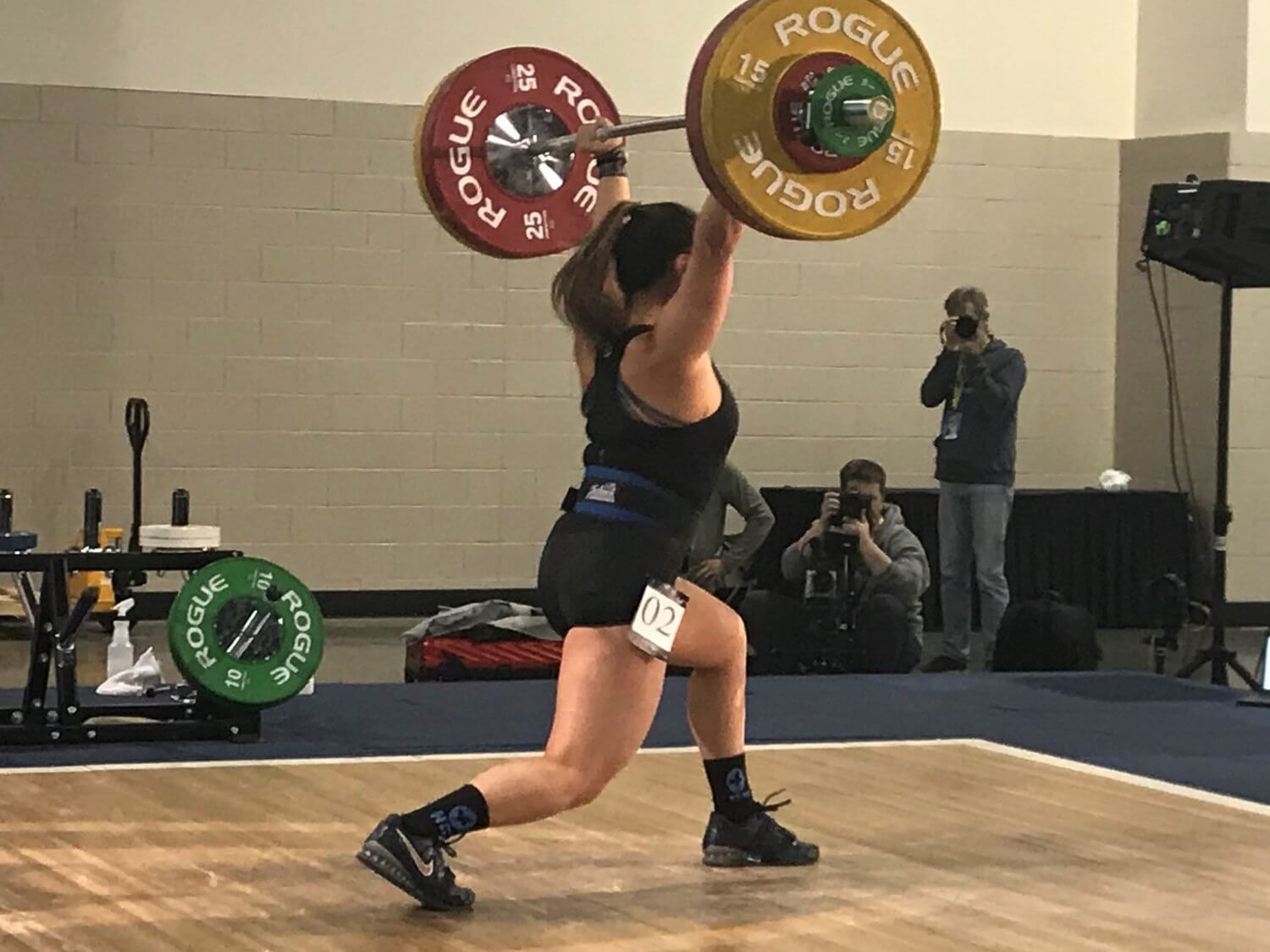
She goes out for her opener with 81, which is 1 kilo under her PR. Easy make. We take 84 (2 kg over her PR), and it goes up easily, but her right arm catches the weight slightly out of position forward and then moves backward. This is a miss and jeopardizes our chance for a good total. I know that this was a very makeable weight, and a slight increase to 85 should be made and should satisfy her greedy nature. I call the 85, and she nails it! We are in a good position for excellent performance.
As soon as any athlete of mine comes down off the third snatch I remind them to focus on the clean &; jerk. Whether she bombed in the snatch or hit a PR, thinking backward about the snatch is not going to help her in the jerk.
The Clean & Jerk
A repeat. I count the attempts. She will have 18 until she starts. So we won’t begin warm-ups until after the 10-minute break. Two of her competitors have bombed out in the snatch, but we ignore that as that fact is a distraction. Only thinking about the clean & jerk is going to allow for a great performance.
The warm-up sequence is 35-55-70-80-90-96. All of them go well. The speed is not as good as the competition speed, but it needn’t be. A competitive athlete’s mind is focused on competitive attempts and not warm-ups, so there will be a speed discrepancy.
I open her at 101 (4 kg under her PR), and it is done with plenty to spare. We go to 104, and it too is done easily, although I note that the recovery from the clean is a little slow. I know at this point that the clean recovery on her third (which I have called at 107—2 kg over her PR) will be a critical factor. I cue her as she gets set for the clean—“catch and stand.” The clean is slightly out of position and pushes her back slightly in the squat, but she recovers and stands, although with some effort. I’ve seen her stand with much more effort and smoke the jerk, so I know the jerk will be solid. It is. NOW we can rejoice!
Epilogue
I was extremely proud of Christine’s performance and although I always intend for each competition to be executed perfectly, it rarely actually happens. This one was very close and has both immediately thinking about lifting even more weight in the next competition. We always think of doing better. A lack of great execution frustrates us, but it does not deter us. We want to get better. We are weightlifters.
I hope you find this helpful!




